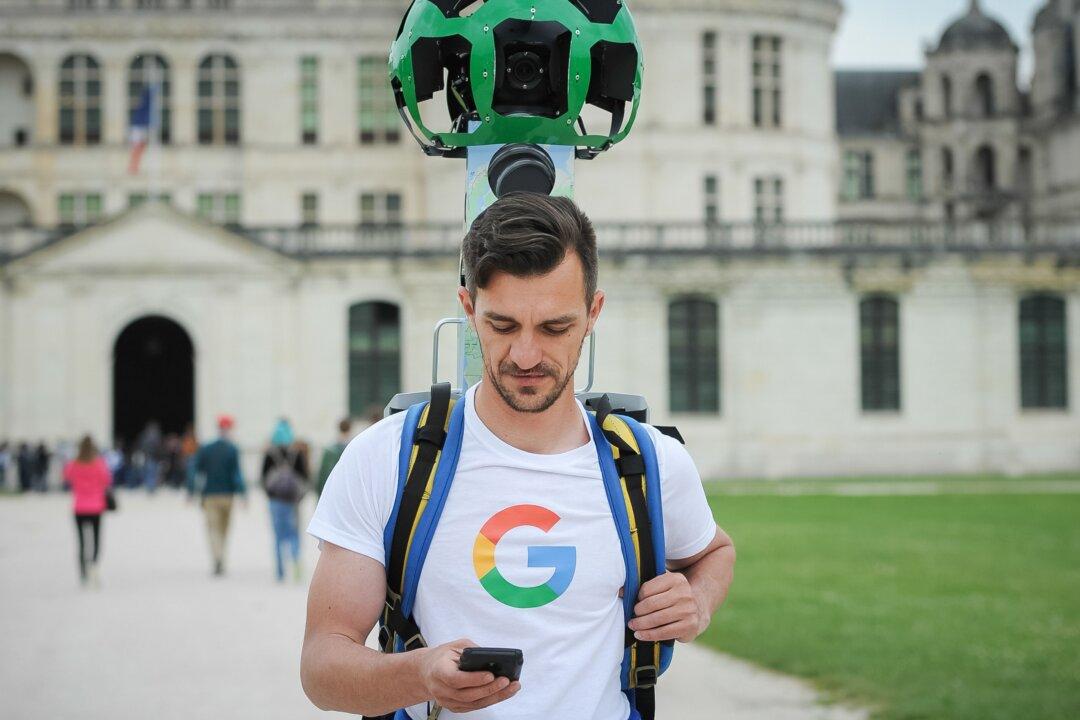Following up on his release of Florida’s proposed 2023-24 budget, Gov. Ron DeSantis is putting $144 million toward improving broadband internet access for under-served areas of the state.
Speaking in Milton on Feb. 2, DeSantis presented a ceremonial check for almost $2.4 million to Santa Rosa County Communities to put 791 unserved locations online with fiber-optic cable.





